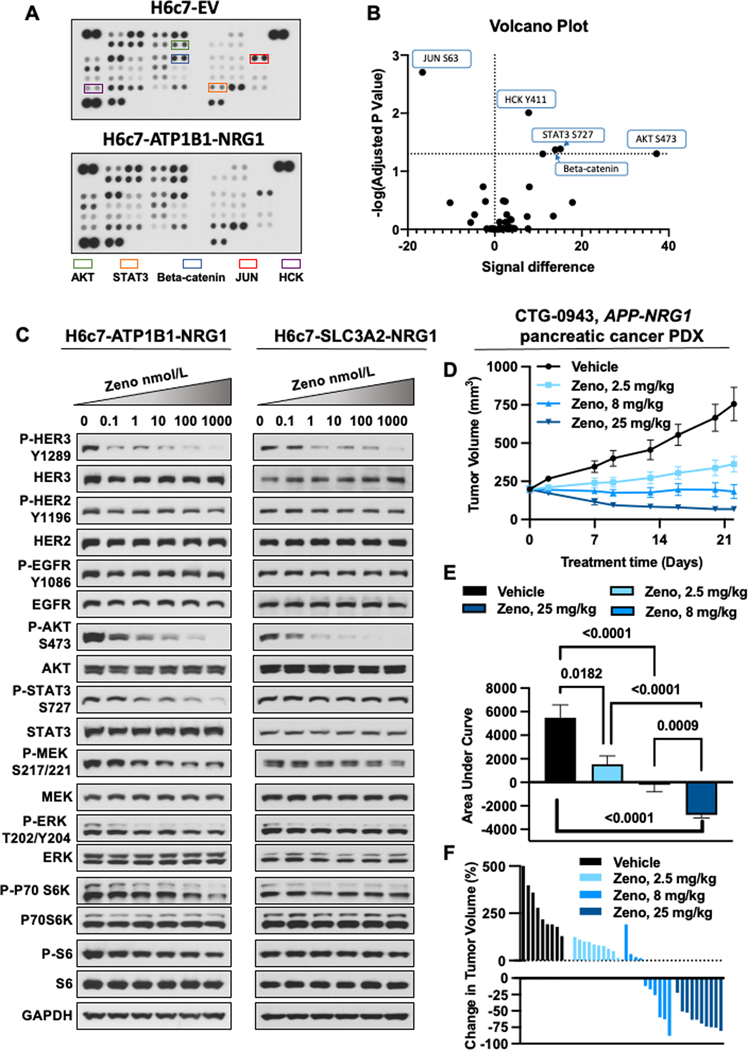Figure 2. Zeno is effective in preclinical pancreatic cancer models.
NRG1 fusion cDNAs were expressed in the immortalized pancreatic ductal epithelial cell line H6c7. A. Phosphokinase array showing kinases activated in H6c7 cells expressing an empty vector (EV) or ATP1B1-NRG1 fusion. B. The arrays in A were quantitated by densitometry and a volcano plot of phosphorylation and p-value data is shown. Data above the horizontal dashed line represents a significantly different level of phosphorylation. Increased phosphorylation is shown to the right of the vertical dashed line, decreased phosphorylation to the left. C. H6c7-ATP1B1-NRG1 and H6c7-SLC3A2-NRG1 cells were serum starved for 24 hours and then treated with Zeno for 1.5 h. Whole cell extracts were then prepared and subjected to western blotting. Representative immunoblots are shown with GAPDH expression used as a western blotting loading control. At least two independent experiments were conducted. D-F. A pancreatic adenocarcinoma PDX model (CTG-0943) was treated with the indicated dose of Zeno weekly. There were 10 animals per group. Tumor volume over time is shown in D. Area under curve analysis of tumor volumes is shown in E. ****P<0.0001. There was no statistically significant difference between the Zeno-treated groups. The percent change in volume of individual tumors is shown in F.

